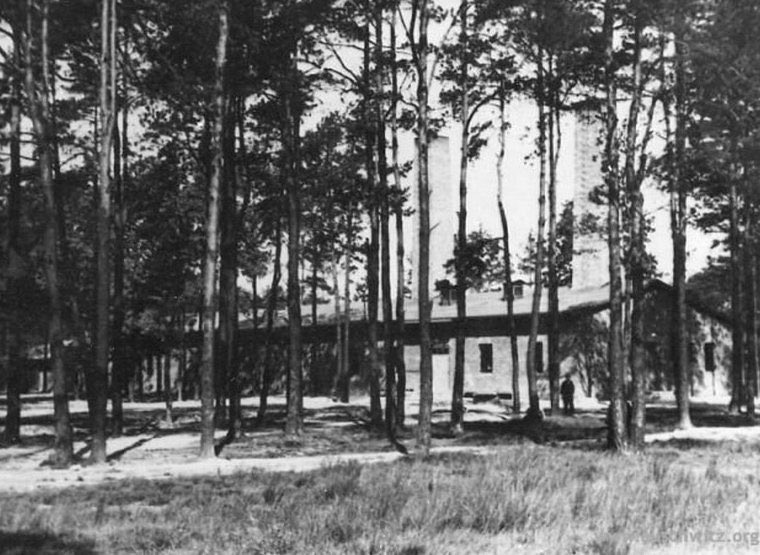
4 January 1920 | Polish woman Anna Stefańska was born in Jasło.
In #Auschwitz from 27 April 1942
No. 6866
She escaped during the evacuation of the camp in 1945. She survived the war.
In #Auschwitz from 27 April 1942
No. 6866
She escaped during the evacuation of the camp in 1945. She survived the war.

Fragment of the testimony of Anna Tytoniak (Stefańska in the camp):
"There were battered straw mattresses in the bunks. In fact, they were dirty and torn paper sacks, filled with old, pulverized straw. We were dirty and louse-infested..."
"There were battered straw mattresses in the bunks. In fact, they were dirty and torn paper sacks, filled with old, pulverized straw. We were dirty and louse-infested..."
"... Huge, hungry lice wandered across the mattresses, like ants in a dug-up anthill. Rats large like cats strolled on the barrack’s dirt floor and on the ceiling beams. We didn’t even react anymore when we saw rats..."
"... Here, in these barracks, everything was damp, the floor sagged when stepped on, the mattresses stunk of mold and human sweat. On rainy days, water leaked through the damaged roof straight onto our heads..."
"... This was an indescribable den of dirt and misery. Here the strongest body and the most invincible character would give up."
• • •
Missing some Tweet in this thread? You can try to
force a refresh

















